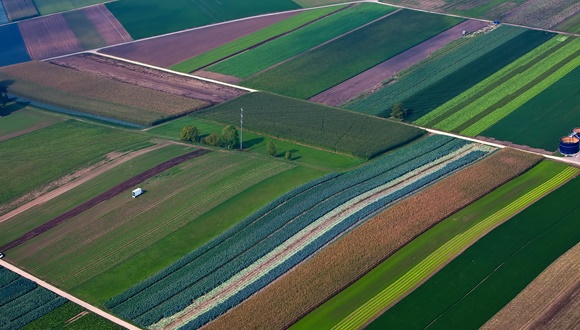Citizen science, reinforced thanks to Ground Truth 2.0 and its methodology
Creating and validating a methodology to generate citizen science observatories is the common thread of the European project Ground Truth 2.0, which has worked with 4 observatories in Europe (Belgium, Spain, the Netherlands and Sweden) and 2 in Africa (Kenya and Zambia) in actual operating conditions.
The project has recently finished and has demonstrated its social, economic and technological benefits on a global scale, with a flexible design methodology adjusted to local circumstances. One of its final results where CREAF has participated more actively is a tool to determine the quality of citizen science data integrated in a map browser, which includes the data collected by most observatories thanks to the implementation of international geospatial standards.
The project is funded by Horizon 2020 and the Grumets research group has participated, as well as Joan Masó, CREAF researcher, Ester Prat and Núria Julià -CREAF research techniques-, as well as Joan Pino and Corina Basnou, also researchers at CREAF, and the BEEMed Biodiversity and Evolution in Mediterranean Ecosystems group. Uta Wehn, from the IHE Delft Institute for Water Education, has coordinated it.
Ground Truth 2.0 demonstrates that knowledge exchange can be enhanced to make decisions and advocate for changes in public policies or people's lifestyles. Citizen science observatories help connect Earth observation with citizens and decision-making bodies.
The team has worked through the co-design of environmental observation observatories and has brought together citizens, scientists and policy makers in a coding process based on individual and collective needs.
The methodology developed has been worked through the co-design of environmental observation observatories in an iterative manner with the parties involved and has brought together citizens, scientists and policy makers in a coding process based on individual and collective needs. It has relied on an innovative web service to compare land use cartography based on the Open Street Map and has actively involved citizens to collect and use environmental indicators on flora and fauna, water availability and quality, air quality, heat stress, local climatic conditions, land management and natural resources.
To guarantee the development of the 6 observatories, we have worked with small and medium-sized companies, NGOs, administrations, research teams and academics, and synergies have been used with initiatives such as GEOSS, INSPIRE and similar projects GROW, SCENT and LANDSENSE.
Earth Observation (EO) provides consistent information on climate change, the health of the planet, and the impact of human activity, among others.

While the Ground Truth 2.0 research is complete, some of the citizen observatories are still active, and the project consortium is outlining its approach to future grassroots initiatives, along with training kits and other educational materials.
Citizen science based on the community
Citizen observatories are community-based environmental information and monitoring systems that invite people to share their observations.
Citizen observatories are community-based environmental information and monitoring systems that invite people to share their observations. Following the Ground Truth 2.0 methodology, citizens came together to discuss specific data that interested them, and the project helped them generate data on water quality and quantity, air quality, heat stress, weather conditions local and wildlife reports.
In Catalonia, Ground Truth 2.0 has made possible an agreement between CREAF and the Meteorological Service of Catalonia to maintain the Ritme Natura citizen science observatory.







